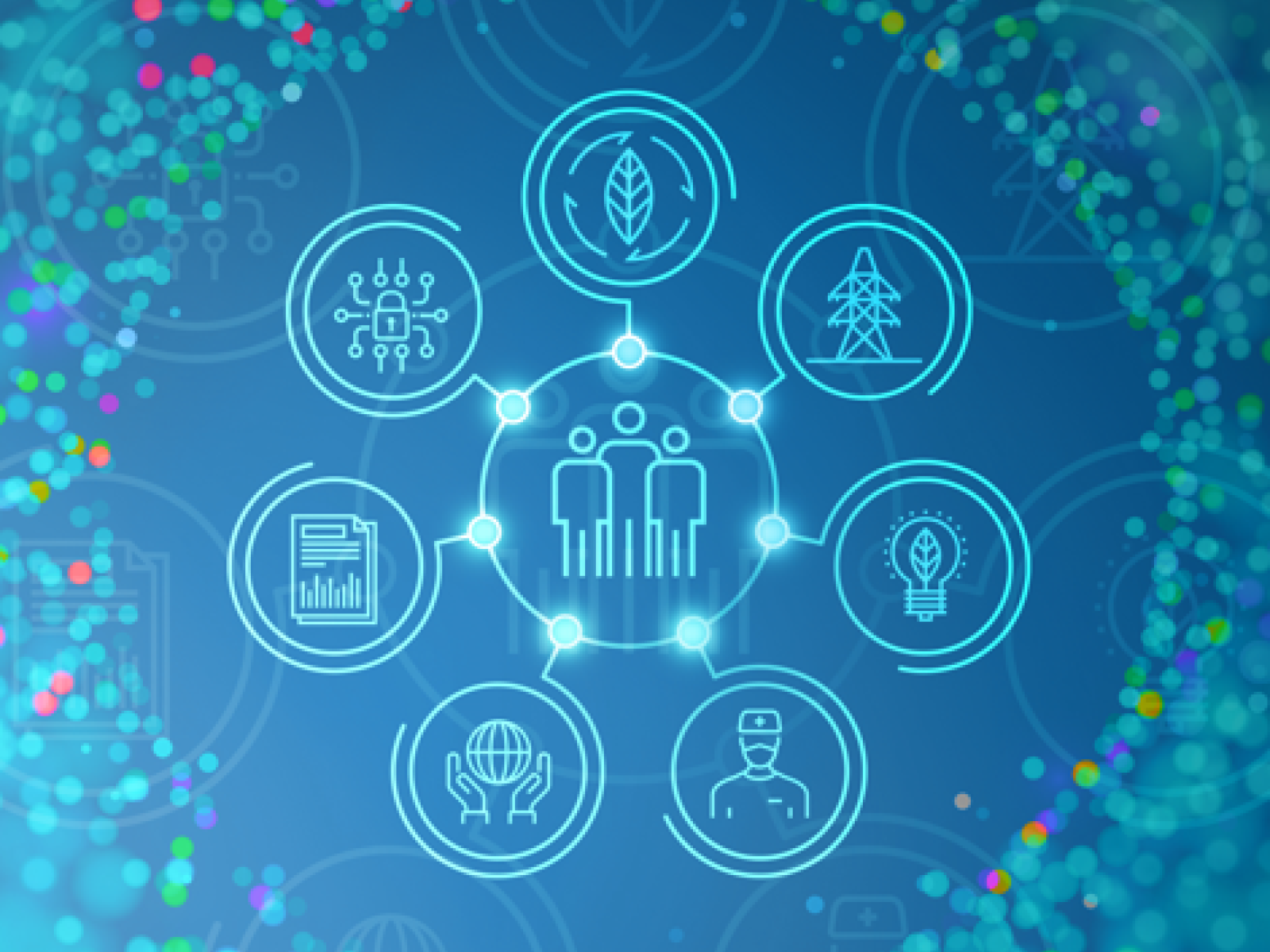DOE Energy Security and Grid Resilience Cohorts
DOE Energy Security and Grid Resilience Cohorts
This year, DOE is launching state working groups to provide forums for peer sharing and expert input on key energy security and grid resilience topics.

State Energy Security Plans serve as critical playbooks for state and territory governments to assess and enhance their energy resilience and security.
Research topics
Lab-Level Communications Priority Topics
Grid